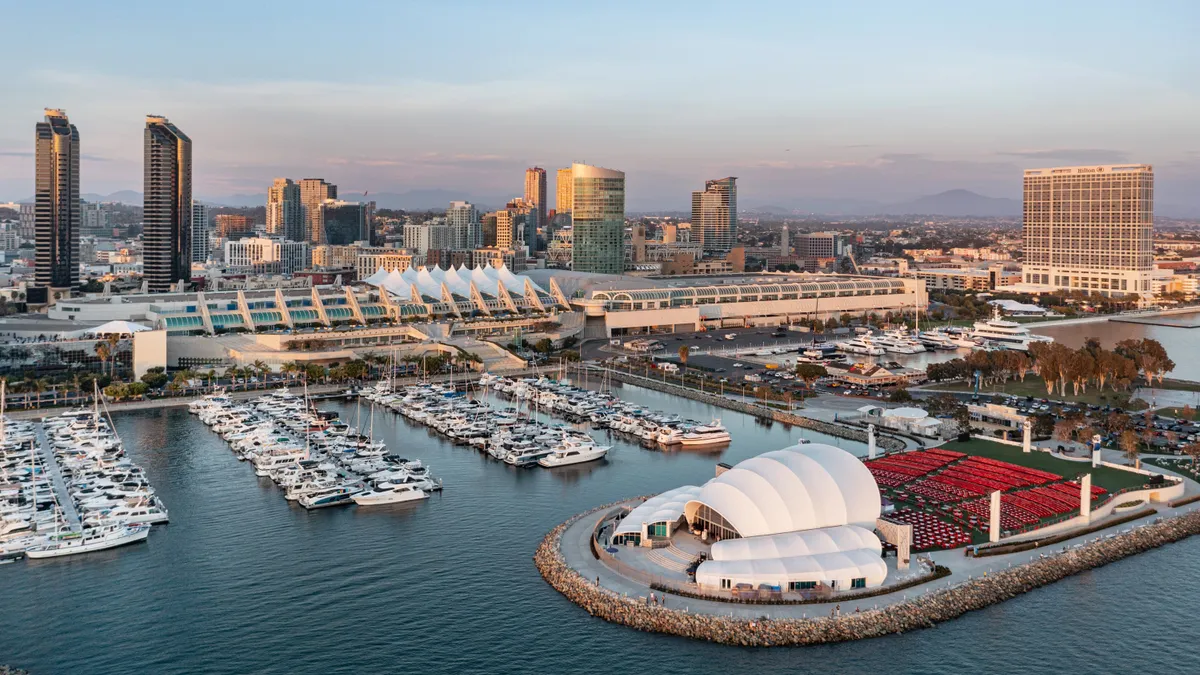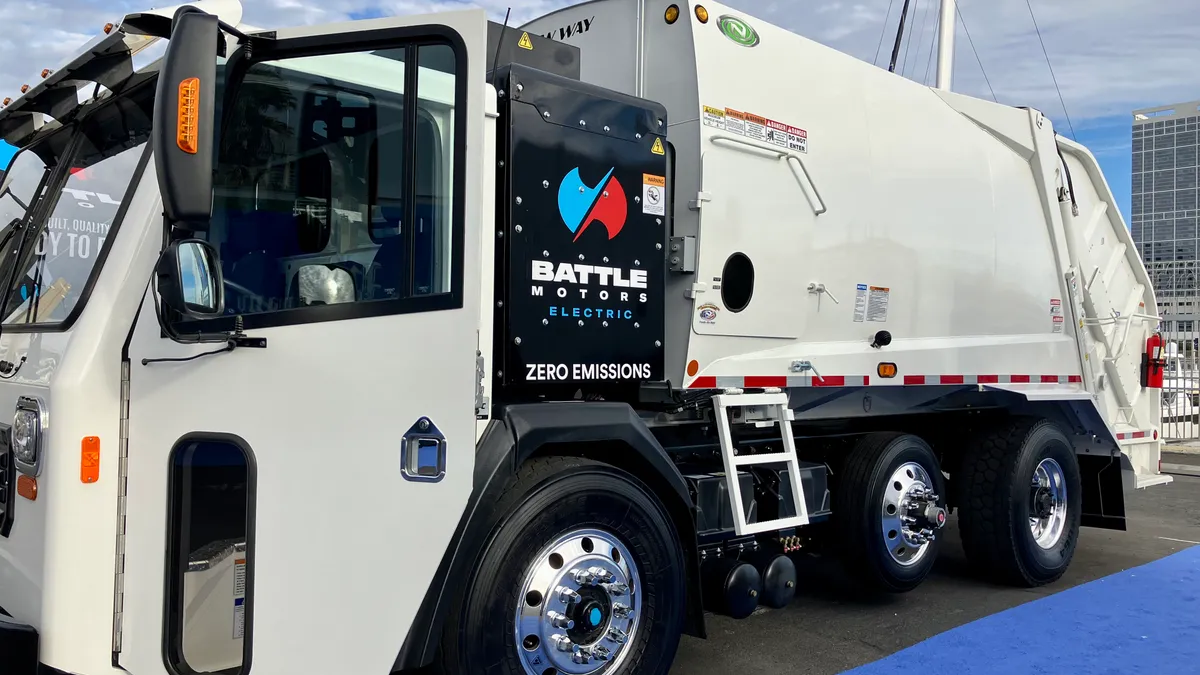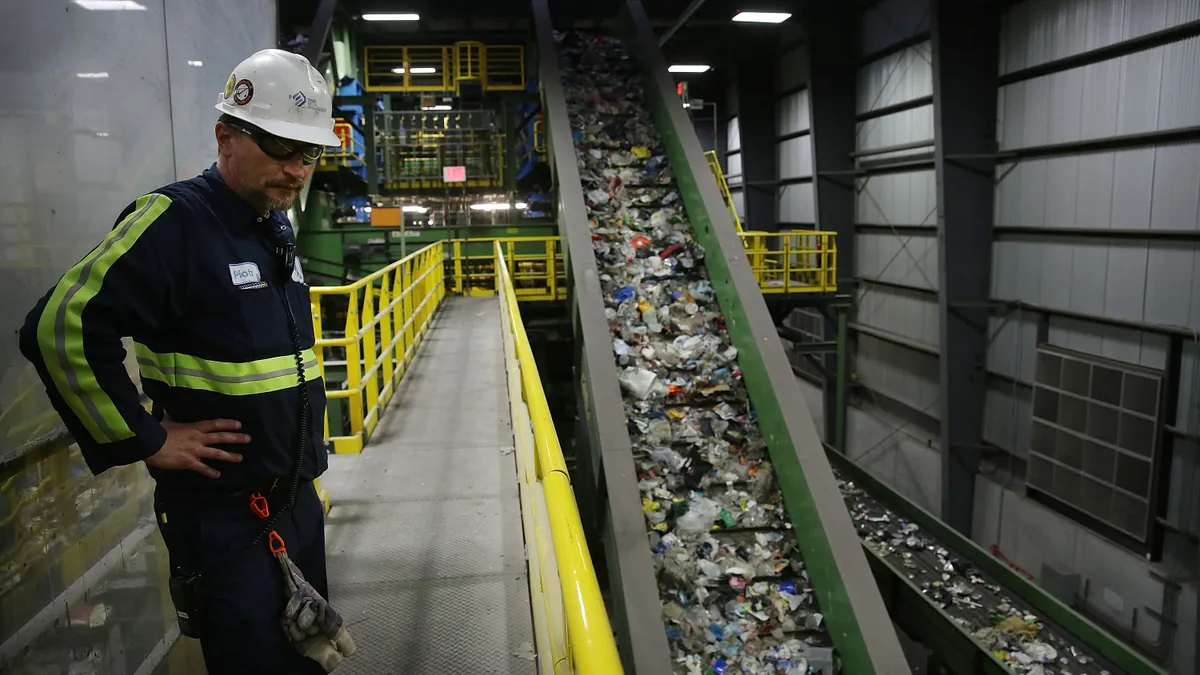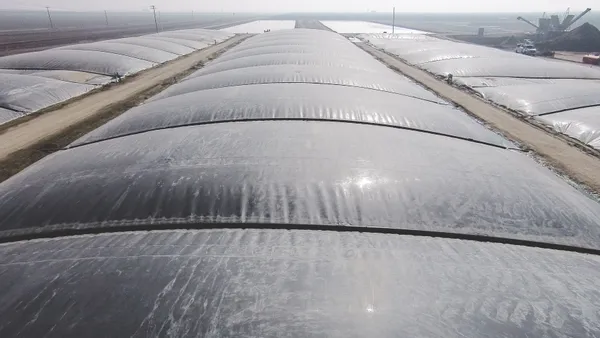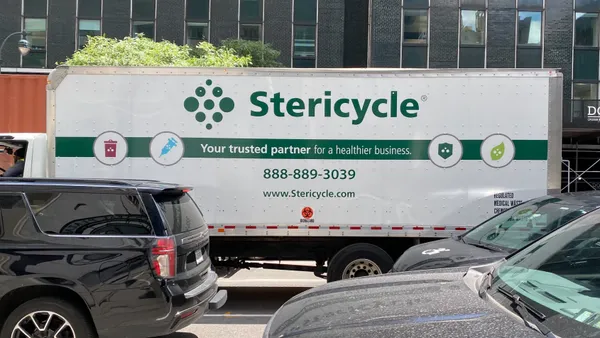SAN DIEGO – The Southern California host city for the Solid Waste Association of North America’s 60th WASTECON is a microcosm for some of the key questions waste managers are facing on how to handle challenging materials and fund services. San Diego itself is preparing for upcoming notable changes around organics management, trash collection fees and product bans.
Its 2022 Climate Action Plan set a community goal of achieving net-zero emissions by 2035, with one of six main strategy areas devoted to waste and the circular economy. “This is the city's priority, it is my priority, and I know it’s SWANA’s priority as well,” said San Diego Councilmember and Environment Committee Chair Joe LaCava, speaking at the conference’s opening session on Monday.
Under the 2035 target, the city seeks to achieve a 90% waste diversion rate, 90% landfill gas capture rate and 99% methane capture rate. The city says implementation planning for different parts of the CAP will be drafted prior to the fiscal year 2024 budget proposal.
One catalyst for food waste diversion is California’s SB 1383. San Diego has been eager to embrace the organics collection mandate, said LaCava. “Of course, if the state could have sent some funding with that mandate it would have been a lot easier,” he quipped.
The city is now ready to serve some 285,000 customers with organic waste collection in the first part of next year, he said, noting that the city collects about 30% of waste by volume while private haulers cover the remaining 70%. San Diego will send that material to a composting facility at the city’s Miramar Landfill site.
When asked about certain costs around implementation, LaCava discussed the necessary scale-up in staff, trucks and containers – but also noted that the city didn’t have a choice or the “luxury” of doing a cost-benefit analysis.
The city could get some new revenue thanks to a recent policy change. San Diegans decided via ballot measure in the November election to effectively reverse the 1919 People’s Ordinance, a law that shielded single-family homeowners (but not those in multifamily housing) from paying any fee for trash pickup.
“We can now offer greater waste management services, we can increase the frequency of collections, we can do our bulky item collections more often, and more easily achieve our climate action goals,” said LaCava, who advocated for the change, noting that even with the People’s Ordinance in the rearview key challenges still remain, such as “recruiting and training the workforce, handling rising costs without burdening our customers, changing habits, increasing diversion rates and getting to zero waste.”
LaCava said the campaign for the change revealed a lack of understanding in how city services and waste operations are funded. “We as a city have not done a very good job of explaining to the general public about what kind of revenue our city receives to be able to actually deliver all the city services that people would expect from us.”
Another change coming is a ban on certain single-use plastic items and certain polystyrene foam products that passed last month. The city council is expected to finalize the legislation Tuesday, LaCava said. Next April, that law will prohibit food establishments from doling out straws and plastic utensils unless requested and stop the sale and use of foam products.
San Diego, California’s second most populous city, follows more than 100 other cities across the state that already have foam bans. San Diego approved such a change years ago but was sued by the California Restaurant Association and others, prompting an environmental impact assessment.
As for advice to other cities that may feel behind or have a hard time getting support for waste-related climate action, “if you haven’t started yesterday, you need to start tomorrow,” LaCava said.



